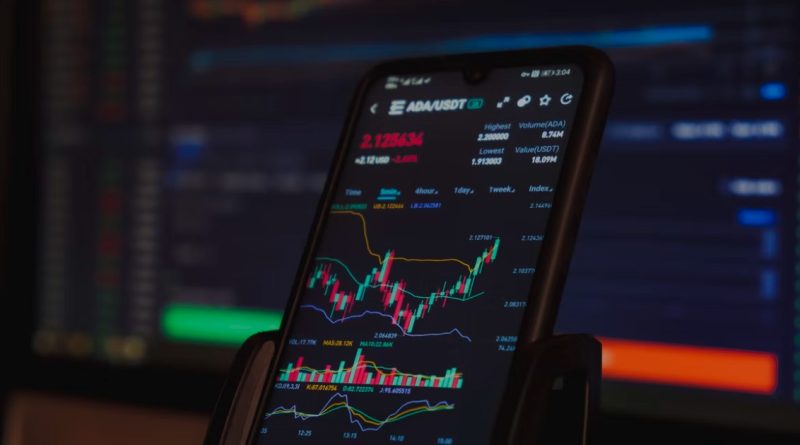
There are generally two ways most people buy crypto – either through web-based platforms called exchanges or through a crypto app. Both are valid and convenient enough to provide constant crypto income, as well as tools for speculation and investments.
In the long run, neither of these two methods is superior – it’s just two different ways to go about crypto trading. Mobile apps have their upsides and downsides. In general, apps have become a comfortable, portable way to make crypto trades. There are disadvantages, but they are the subject for another time.
- Top 5 Crypto Performers: BTC, EOS, ETH, TRX, NRG
- What is the Debate about Bitcoin Investment Safety?
Convenience
This one is an obvious advantage. They aren’t called ‘mobile apps’ for nothing – the ability to carry the functionality of a fully operational crypto exchange in your pocket is outstanding. Because of it, users can whip out their phones at any moment and make a quick trade (provided they have an Internet connection).
Essentially, with mobile apps, you can partake in trading wherever you want (again, if you have the connection). Compared to the usual exchange experience, it’s a sizeable improvement. For many people, crypto investments aren’t full-time jobs – they don’t want to sit at their computers for hours.
For people who treat it more as a profitable hobby, such comfort is outstanding. And even for those who spend a lot of time on planning and executing crypto orders, mobile apps are still pretty useful.
Speed
Thanks to the convenience of always having a mobile app on you, crypto trading can be even more effective.
The main improvement is in the speed of reaction. Having a mobile app always with you means you can react to crypto-related news with lightning speed. Making the right decision at the right time is the difference between profit and loss. And you can both browse news and make use of them on the same device away from home.
Simpler Interface
There are two factors that make mobile apps easier to use.
Firstly, their displays are smaller on mobile phones. Because of it, the developers are forced to condense features, materials, and tools in such a way that everything would be easily accessible on the same display. It means unnecessary and hollow elements are discarded, while as much blank space as possible is occupied with functional parts.
Secondly, your thumbs are just better at selecting different elements on the screen. It’s also partially thanks to the reduced size of the displays. It’s just easier to move your fingers above the sensory display than it is to move the mouse across a much large PC screen. It’s more intuitive, quick, and responsive.
Processing Speed
The mobile apps often load their processes much faster than their Web counterparts. Of course, it depends on the parameters of specific devices. On average, an app with more or less the same features and functionality requires less processing power and loads faster.
It happens because apps have no middle link in the form of a browser. Browsers are known for eating up a large chunk of your RAM. In addition, apps simply have less stuff in them. As mentioned, they only incorporate the very necessary elements. Others are discarded, unified with others, or downgraded.

Taylor is a freelance SEO copywriter and blogger. His areas of expertise include technology, pop culture, and marketing.











